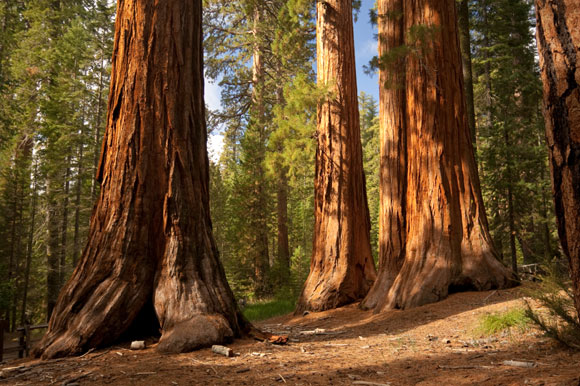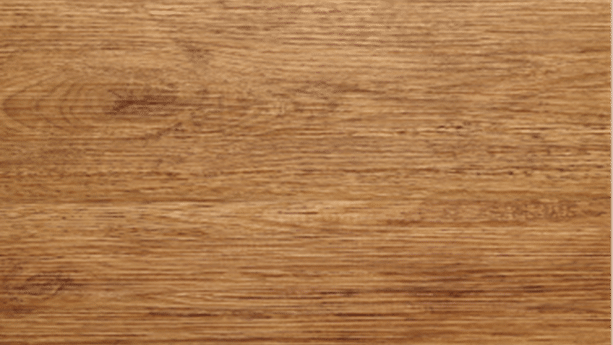Hammock stands are a great solution if you don't have two trees or posts spaced properly for hanging a hammock. With a stand, you can set up your hammock anywhere without relying on fixed anchor points. Discover how a timber stand can enhance your hammocking experience.
A wooden stand is especially useful for those who aren't confident tying knots, installing hanging hardware, or suspending hammocks from trees. Plus, it offers the flexibility to move your hammock indoors without drilling into walls. Read on to learn how a timber stand can improve your relaxation setup!
Best Timber Hammock Stand
A hammock is perfect for unwinding, whether you're reading, sunbathing, or even working. To maximize comfort, you need a sturdy and reliable stand.
Wood is the primary material used for hammock stands, but choosing the right type is crucial for durability and safety. Inferior materials can lead to loose screws and potential accidents. Selecting high-quality, long-lasting wood ensures a secure and enjoyable experience.
A tropical hardwood treated to resist rot is ideal. Bamboo, for instance, is durable, lightweight, and eco-friendly. Cypress is another resilient choice, though it lacks bamboo’s strength-to-weight ratio. Other strong woods can also be used.
Best Types of Wood for a Hammock Stand
Bamboo
![]()
Bamboo is the strongest and most moisture-resistant wood for hammock stands. It has greater tensile strength than mild steel, grows quickly, and is lightweight. Its natural flexibility makes it ideal for supporting weight without breaking.
Cedar
Cedar naturally resists insects, rot, and weather damage, making it a great choice for outdoor furniture. It's lightweight, easy to position, and develops a pleasant aroma. Western red cedar and aromatic cedar are two common varieties.
Redwood

Redwood, native to California and Oregon, is rich in tannins, making it highly resistant to decay and insects. Its reddish-brown hue adds aesthetic appeal, and it withstands warping, cracking, and exposure to the elements.
Heartwood Grade
Heartwood is the highest-grade lumber, derived from a tree’s dense inner core. It’s exceptionally durable and resistant to pests and decay. Teak is a common choice, though it is more expensive than other options.
Pine

Pine is an affordable option that comes in white, yellow, and red varieties. It’s easy to paint or stain, but untreated pine may deteriorate within two years. Pressure-treated pine can be a better alternative, though it requires maintenance.
Oak

Oak stands out for its natural resistance to decay and its rustic aesthetic. Though pricier than pine, it’s a worthwhile investment for a stand that lasts for years without frequent repairs or replacements.
BENEFITS OF A TIMBER HAMMOCK STAND

A fantastic way to add a touch of rustic luxury to your patio is with a wooden hammock stand. You don't need to stress selecting the proper tree or a strong limb.
The wood stand supports the hammock and the individual in it. You'll have an instant retreat for many years if you give the location some attention.
The advantages of wooden hammock stands are listed below.
Durable and Patent
The strength and longevity of wooden hammock stands are key reasons people choose them. Most wooden frames are durable wood that can resist any climate conditions without warping or breaking. A high-quality hardwood stand can survive many years without experiencing any problems if properly cared for.
Fits Different Hammock Sizes and Types
Wooden hammock stands have the additional advantage of fitting any hammock. It's because there are no size restrictions. Contrarily, only some shapes and sizes of hammocks can be supported by metal frame hammocks.
Affordable

Compared to metal hammock stands, wooden hammock stands are cheaper. The majority are sold in kits that include all the necessary building supplies and some are bundled with a colourful Brazilian Hammock with a large range of bright and vibrant colours!
When you wish to store it during the off-season, it is simple to set up and take down. It's more affordable to do this than to hire experts to create a unique hammock stand for your patio or backyard.
Blends with the Surroundings
Stands for a hammock made of wood and mixes well with the surroundings. Hardwood hammock stands to match your other outdoor furniture and look great on a wooden patio or deck.
FACTORS YOU NEED TO CONSIDER BEFORE BUYING A HAMMOCK STAND
There are a few factors to consider when shopping for a hammock stand, as shown below.
Material
Choose rot-resistant wood like cedar or bamboo, and look for stainless steel hardware to prevent corrosion.
Size
The stand should match your hammock’s length to prevent sagging or instability. Most hammocks are around 9 feet long, so the stand should be at least 10 feet.
Space
Consider how much room you have for the stand and whether it fits comfortably in your outdoor or indoor space.
Weight Capacity
Ensure the stand supports your weight requirements, especially if multiple people will be using it.
Height
Opt for a taller stand if you are over six feet tall to ensure comfort and ease of use.
Portability
Some stands are foldable for easy storage and transport, while others are designed to be stationary.
HOW TO TAKE CARE OF YOUR WOODEN STAND
How to Maintain Your Wooden Hammock Stand
To extend the lifespan of your stand, follow these maintenance tips:
-
Use a Cover – Protect the stand from excess moisture during winter with a tarp or fitted cover.
-
Annual Treatment – Apply varnish or oil at least twice a year to prevent aging and cracking.
Buy a Timber Hammock Stand from Siesta Hammocks
A timber stand offers a stylish and comfortable way to enjoy your hammock without relying on trees.
-
Elegant Designs – Available in various styles to enhance your outdoor space.
-
Portability – Many models are made of softwood, making them easy to move.
-
Multiple Sizes – Choose from different sizes to fit your needs.
Upgrade your relaxation experience today with a premium timber stand from Siesta Hammocks!




Comments